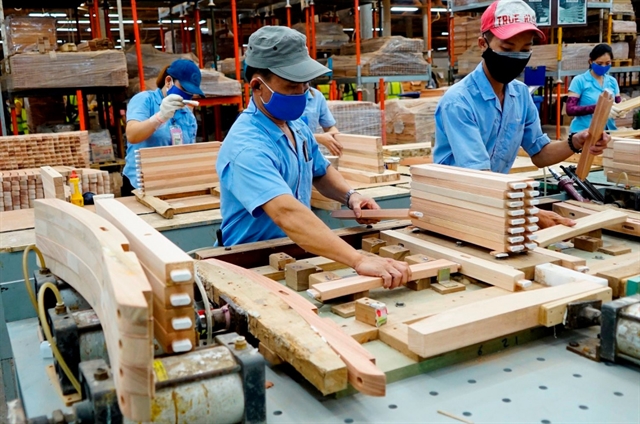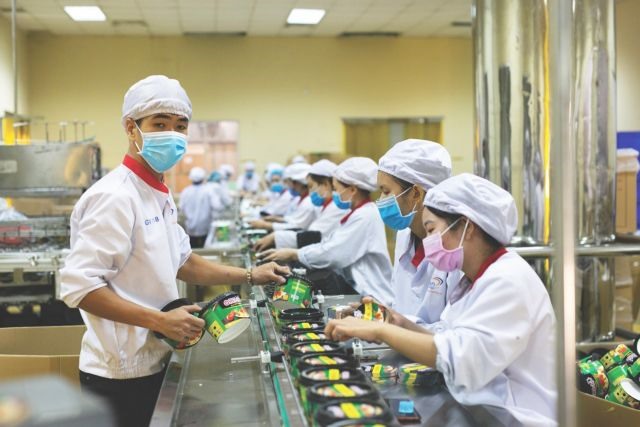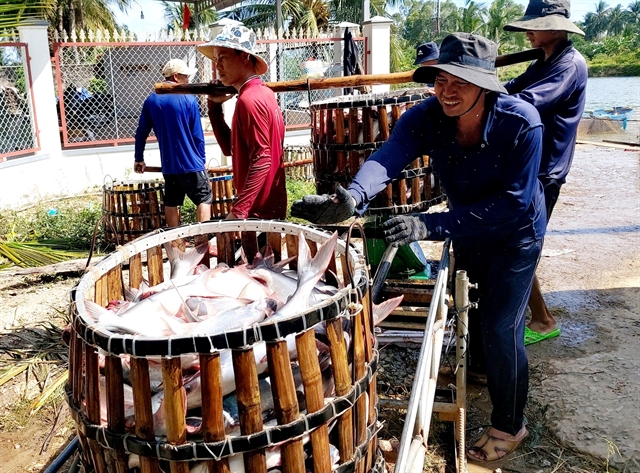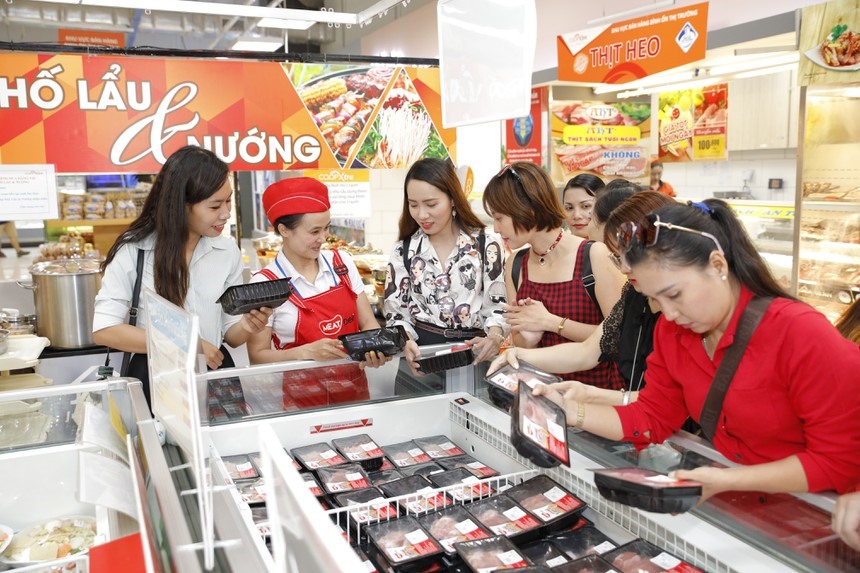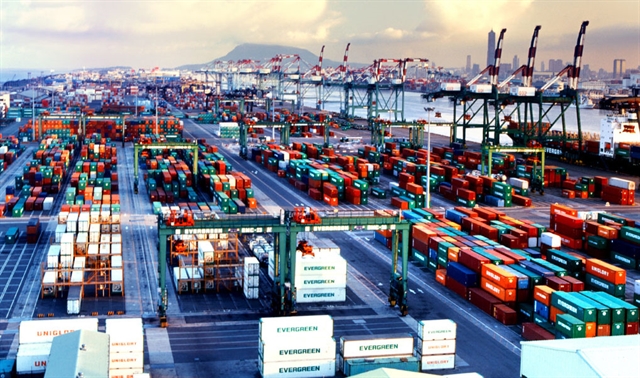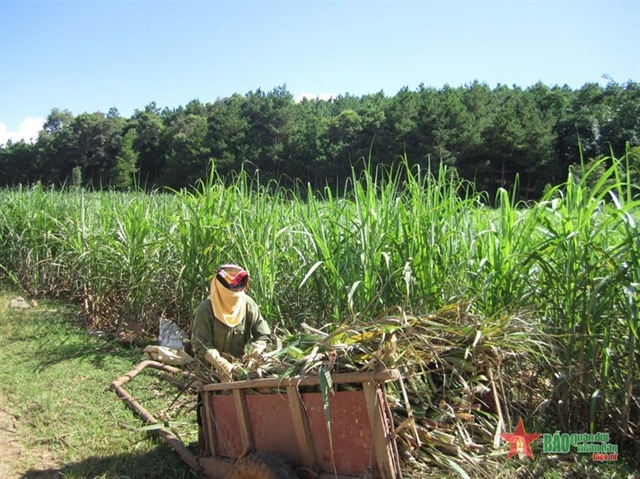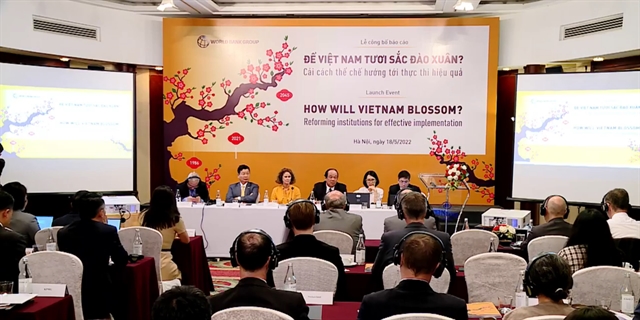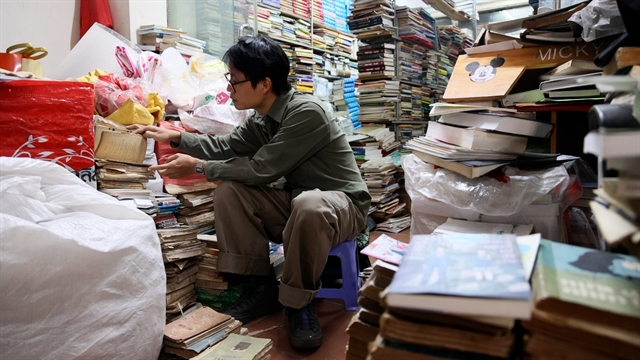
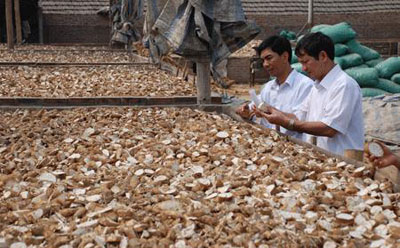
|
| Việt Nam’s cassava exports increase but the industry has not taken advantage of free trade agreements. — Photo courtesy of the Việt Nam Cassava Association |
HCM CITY — Việt Nam exported 235,000 tonnes of cassava and cassava products worth US$105.01 million in April, up 10.8 per cent and 31.7 per cent in volume and value year-on-year, according to the General Department of Customs.
Exports in the year-to-date topped 1.19 million tonnes worth $517.17 million, unchanged in volume and 16.7 per cent up in value.
China bought virtually the whole thing.
Nguyễn Như Cường, director of the Ministry of Agriculture and Rural Development’s crop production department, said: “The heavy dependence on the Chinese market leads to passivity and unsustainability in exports.”
Vietnamese firms face fierce competition from Thai, Cambodian and Lao businesses in global markets, he said.
According to the Ministry of Industry and Trade’s import-export department, China will have even greater demand for cassava and cassava products this year and import more from Việt Nam due to the geographical proximity.
But with new regulations and standards issued recently by that country’s customs agency, exports would face many difficulties, it said.
Việt Nam's cassava industry has not taken advantage of free trade agreements, it added.
For instance, under the EU-Việt Nam Free Trade Agreement, tapioca starch is the second product granted tariff-free quota after rice, at 30,000 tonnes a year, while export tax on tapioca starch otherwise is 166 euros per tonne. But not many Vietnamese firms have taken advantage of this huge tariff advantage to boost exports to the bloc.
Nghiêm Minh Tiến, permanent deputy chairman of the Việt Nam Cassava Association, said to reduce the risk of "putting all eggs in one basket", a number of members have sought to promote exports to markets like Belarus, Russia, Japan, Taiwan, Indonesia, the Philippines, the Middle East, and Africa .
The Ministry of Agriculture and Rural Development and the association are looking at ways to improve the quality of cassava for exports, especially to the EU, he added.
Cassava is mainly grown in Gia Lai, Tây Ninh and Phú Yên provinces. — VNS



